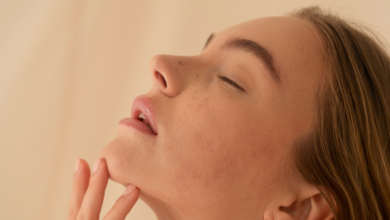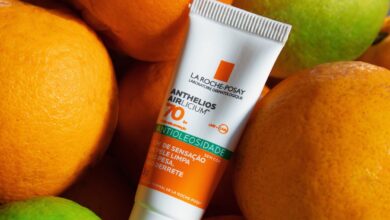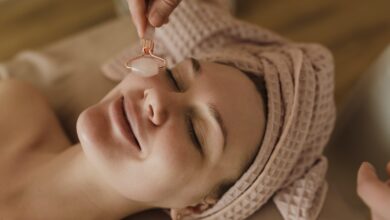
In this comprehensive guide, you will discover effective strategies for targeting and treating blemishes with spot treatment. Whether you’re dealing with pesky acne, redness, or dark spots, this article will provide you with the knowledge and tools necessary to effectively address these skin concerns. By understanding the causes and types of blemishes, as well as the key ingredients to look for in spot treatments, you will be equipped to make informed decisions and achieve a clearer, more radiant complexion. Say goodbye to blemishes and hello to renewed confidence as you embark on this journey towards effectively treating your skin.
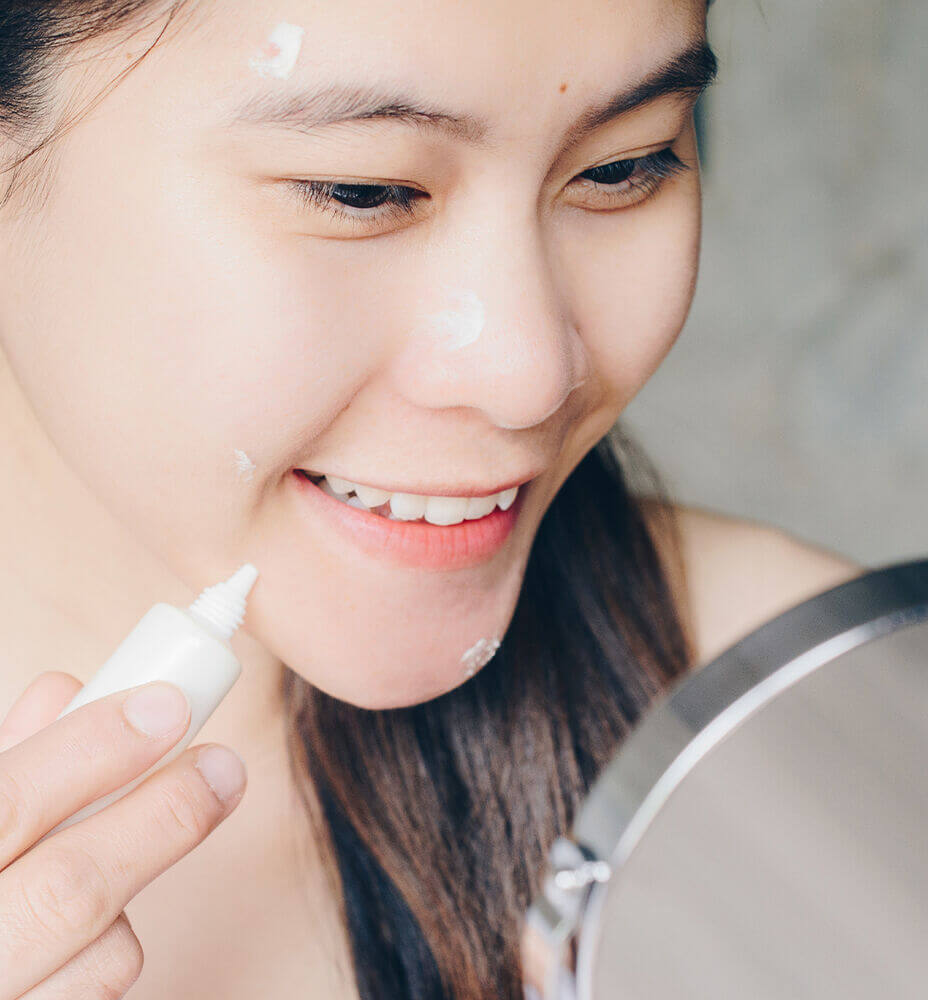
Understanding Blemishes
Blemishes can be a source of distress and frustration, affecting the appearance and self-confidence of individuals. Understanding the different types of blemishes, their causes, and the factors that worsen them is essential in order to effectively address and treat these skin concerns.
Types of blemishes
There are several types of blemishes that individuals commonly experience. Acne spots include pimples, whiteheads, blackheads, and cysts. These are caused by the overproduction of sebum (oil) in the skin, which clogs the pores and leads to inflammation and the formation of blemishes. Other types of blemishes include dark spots, which are often caused by sun damage or post-inflammatory hyperpigmentation, and redness, which can be a result of inflammation or sensitivity.
Causes of blemishes
Blemishes can have various causes. Hormonal changes, such as those occurring during puberty or the menstrual cycle, can trigger the overproduction of sebum and lead to acne breakouts. Poor skincare habits, such as not properly cleansing the face or using irritating products, can also contribute to the development of blemishes. Additionally, factors like stress, diet, and certain medications can play a role in the occurrence of blemishes.
Factors that worsen blemishes
Certain factors can exacerbate blemishes and make them more difficult to treat. Picking or popping blemishes can introduce bacteria and cause further inflammation, leading to potential scarring. Using multiple spot treatments simultaneously can be harsh on the skin and cause irritation. It is important to limit the use of spot treatment to affected areas to avoid drying out or sensitizing the surrounding skin. Lastly, using spot treatment inconsistently or not following the manufacturer’s recommendations may result in ineffective treatment outcomes.

Choosing the Right Spot Treatment
Selecting the appropriate spot treatment based on individual skin type and specific needs is crucial for achieving desirable results. It is recommended to identify your skin type and consult a dermatologist to determine the most suitable spot treatment options. Additionally, considering the ingredients in spot treatments and taking into account the sensitivity of your skin are important factors to consider.
Identifying your skin type
Understanding your skin type is key to choosing the right spot treatment. Is your skin oily, dry, combination, or sensitive? Each skin type has different needs and reacts differently to various ingredients. For example, individuals with oily skin may benefit from spot treatments that contain ingredients like salicylic acid or benzoyl peroxide, which help to control sebum production and unclog pores. On the other hand, those with dry or sensitive skin may opt for spot treatments that are more gentle and moisturizing, like those containing tea tree oil or aloe vera.
Consulting a dermatologist
A dermatologist can provide valuable insights and recommendations based on their expertise. They can assess your skin condition, determine the underlying causes of your blemishes, and suggest appropriate spot treatments. Dermatologists may also be able to prescribe medications or recommend professional treatments that can complement spot treatment in order to achieve optimal results.
Ingredients to look for
When choosing a spot treatment, it is important to carefully examine the ingredients. Commonly used ingredients in spot treatments include salicylic acid, benzoyl peroxide, tea tree oil, sulfur, and retinol. Salicylic acid is known for its ability to unclog pores, while benzoyl peroxide helps to kill bacteria and reduce inflammation. Tea tree oil has natural antibacterial properties, sulfur helps to absorb excess oil, and retinol aids in cell turnover and reduce acne scarring. Consider your skin type and specific concerns to determine which ingredients would be most beneficial for your unique needs.
Considerations for sensitive skin
If you have sensitive skin, it is important to be cautious when selecting a spot treatment. Look for products that are labeled as suitable for sensitive skin and free of potential irritants, such as fragrances or harsh chemicals. Spot treatments containing soothing and calming ingredients, like aloe vera or chamomile, may be more suitable for those with sensitive skin. It is always recommended to perform a patch test before applying any new product on your face to check for any adverse reactions.
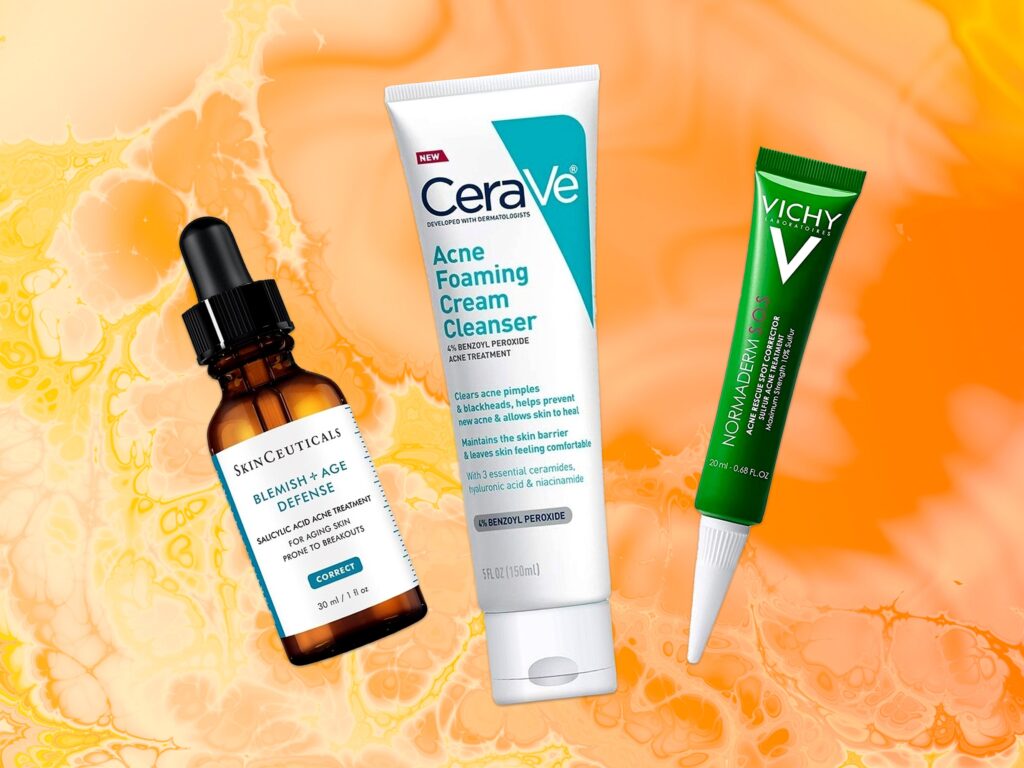
Preparing Your Skin
Before applying spot treatment, it is essential to properly prepare your skin to ensure the best possible absorption and efficacy of the treatment. This involves cleansing your face, exfoliating your skin, applying toner, and moisturizing.
Cleansing your face
Start by thoroughly cleansing your face to remove any dirt, oil, and impurities. Use a gentle cleanser that is suitable for your skin type to avoid stripping the skin of its natural oils or causing irritation. Gently massage the cleanser into your skin using circular motions, then rinse with lukewarm water.
Exfoliating your skin
Exfoliation helps to remove dead skin cells and unclog pores, allowing spot treatments to penetrate more effectively. However, it is important to be gentle and not over-exfoliate, as this can cause irritation and inflammation. Choose a gentle exfoliant, such as a chemical exfoliant containing alpha-hydroxy acids (AHAs) or beta-hydroxy acids (BHAs), and exfoliate your skin once or twice a week.
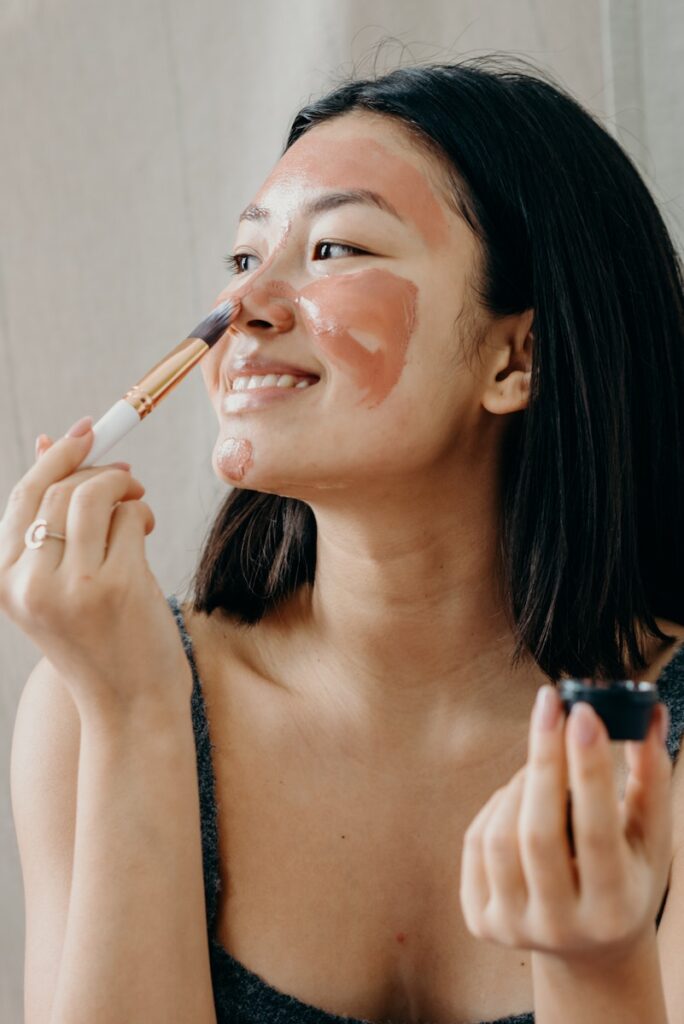
Applying toner
After cleansing and exfoliating, applying toner can help balance the skin’s pH levels and remove any remaining impurities. Choose a toner that is suitable for your skin type and apply it onto a cotton pad. Gently swipe the toner across your face, focusing on areas where blemishes are more prominent.
Moisturizing your skin
Even if you have oily or acne-prone skin, moisturizing is still an important step in your skincare routine. Look for lightweight, oil-free moisturizers that won’t clog pores. Moisturizing helps to hydrate and protect the skin, ensuring that it remains healthy and balanced. Apply moisturizer after applying spot treatment to provide adequate hydration and prevent the skin from becoming dry or irritated.
Different Spot Treatments
When it comes to spot treatments, there are several options available, ranging from over-the-counter creams and gels to prescription medications and natural remedies. Each type of spot treatment has its own advantages and considerations, which should be taken into account when choosing the most suitable option for your blemishes.
Over-the-counter creams and gels
Over-the-counter (OTC) spot treatments are readily available in pharmacies and beauty stores. These products often contain active ingredients like salicylic acid, benzoyl peroxide, or sulfur, which target acne-causing bacteria and help to reduce inflammation. OTC spot treatments are generally more affordable and suitable for mild to moderate blemishes. It is important to follow the instructions provided and be consistent with the application for best results.

Prescription medications
For more severe or persistent blemishes, prescription medications may be necessary. Topical medications, such as retinoids, antibiotics, or combination products, are commonly prescribed by dermatologists to treat acne. These medications work by targeting specific causes of acne, such as reducing inflammation or regulating sebum production. It is essential to consult a dermatologist and follow their guidance when using prescription medications, as they may have potential side effects and require monitoring.
Natural remedies
Many individuals also turn to natural remedies to address their blemishes. Natural ingredients like tea tree oil, witch hazel, and aloe vera have been known for their antibacterial and anti-inflammatory properties, which can help to reduce acne and soothe the skin. However, it is important to note that natural remedies may not be as potent as OTC or prescription medications, and their effectiveness may vary depending on the individual. It is advisable to do thorough research, consult with a dermatologist, and perform patch tests when using natural remedies.
Home-made spot treatments
Some individuals prefer to create their own spot treatments using ingredients that are easily accessible at home. These DIY spot treatments can be made from ingredients like honey, apple cider vinegar, or baking soda. While these homemade remedies may seem simple and cost-effective, it is essential to ensure that the ingredients used are suitable for your skin type and do not cause any adverse reactions. It is also important to note that homemade spot treatments may not have the same level of scientific evidence supporting their effectiveness as commercially available products.
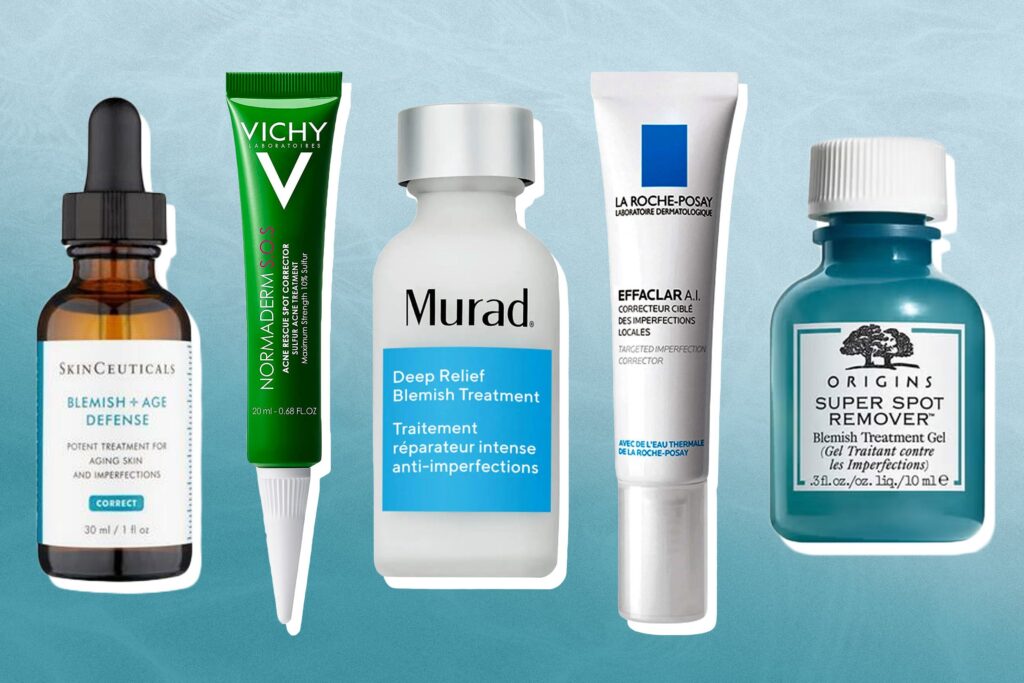
Proper Application of Spot Treatment
The way spot treatment is applied can greatly influence its effectiveness. To ensure optimal results, it is important to follow a proper application technique that allows the treatment to be absorbed and work effectively.
Cleanse your face before application
Before applying spot treatment, ensure that your face is clean and free of any dirt, oil, or makeup. Cleansing the skin properly removes any barriers that may hinder the absorption of the spot treatment.
Apply a small amount directly on the blemish
Using a clean fingertip or cotton swab, apply a small amount of spot treatment directly onto the blemish. Avoid applying it to the surrounding skin, as this can cause unnecessary dryness or irritation. If you have multiple blemishes, repeat this step for each individual spot.
Gently massage or dab the treatment
After applying the spot treatment, gently massage or dab it onto the blemish using your fingertip or a cotton swab. This helps to promote better absorption and distribution of the treatment. Be careful not to rub or press too hard, as this can irritate the skin.
Allow the treatment to dry
Give the spot treatment enough time to dry on the skin before applying any other products or makeup. This ensures that the active ingredients have enough time to penetrate the blemish and work effectively. Check the instructions provided by the manufacturer for the specific drying time required.
Follow up with moisturizer
To maintain proper hydration and prevent the treated area from becoming dry or irritated, follow up with a lightweight moisturizer. Apply a small amount of moisturizer onto the treated area and gently massage it into the skin. This step is especially important for individuals with dry or sensitive skin.
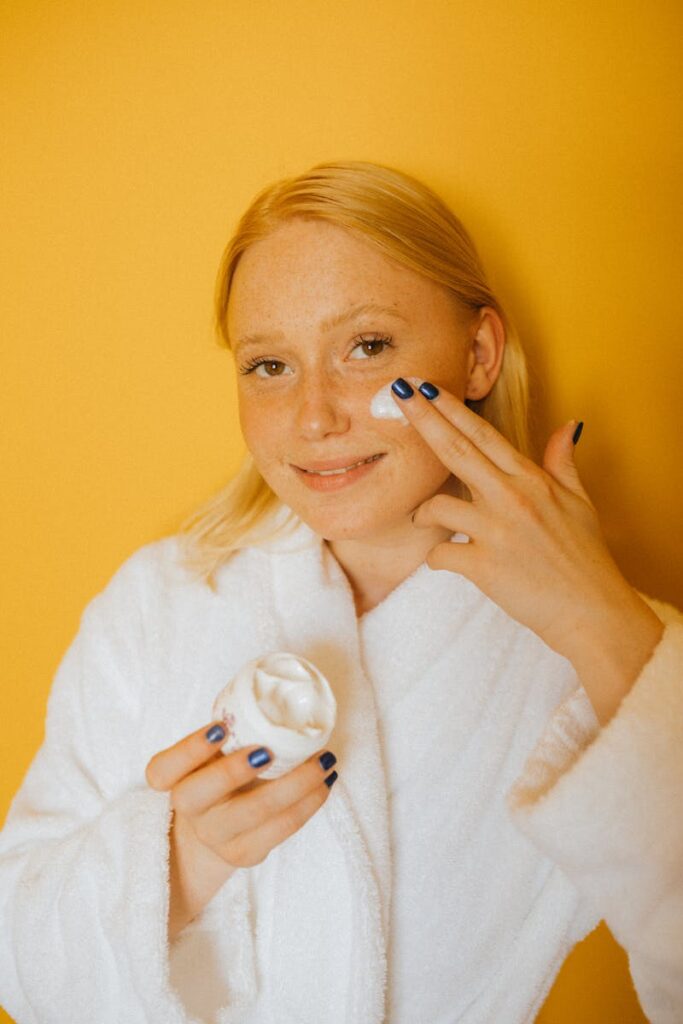
Spot Treatment Tips
Here are some additional tips to enhance the effectiveness of spot treatment and ensure the best possible outcome for your blemishes:
Avoid picking or popping blemishes
Resist the temptation to pick or pop blemishes, as this can lead to further inflammation, scarring, and potential infection. Instead, allow the spot treatment to do its job and let the blemish heal naturally.
Avoid using multiple spot treatments simultaneously
Using multiple spot treatments at once can be harsh on the skin and cause excessive dryness or irritation. It is recommended to stick to one spot treatment at a time and evaluate its effectiveness before trying another product.
Limit the use of spot treatment to affected areas
To avoid drying out or irritating the surrounding skin unnecessarily, limit the application of spot treatment only to the areas affected by blemishes. Applying it to unaffected areas can disrupt the skin’s natural balance and exacerbate other skin concerns.
Use spot treatment as recommended by the manufacturer
Follow the instructions provided by the manufacturer regarding the frequency of application and the amount of spot treatment to use. Overusing or underusing the product may lead to ineffective results.
Be patient and consistent with spot treatment
Spot treatments take time to work, and results may not be immediate. It is important to be patient and consistent with the application of spot treatment, adhering to a regular routine to allow the active ingredients to effectively target and treat the blemishes.
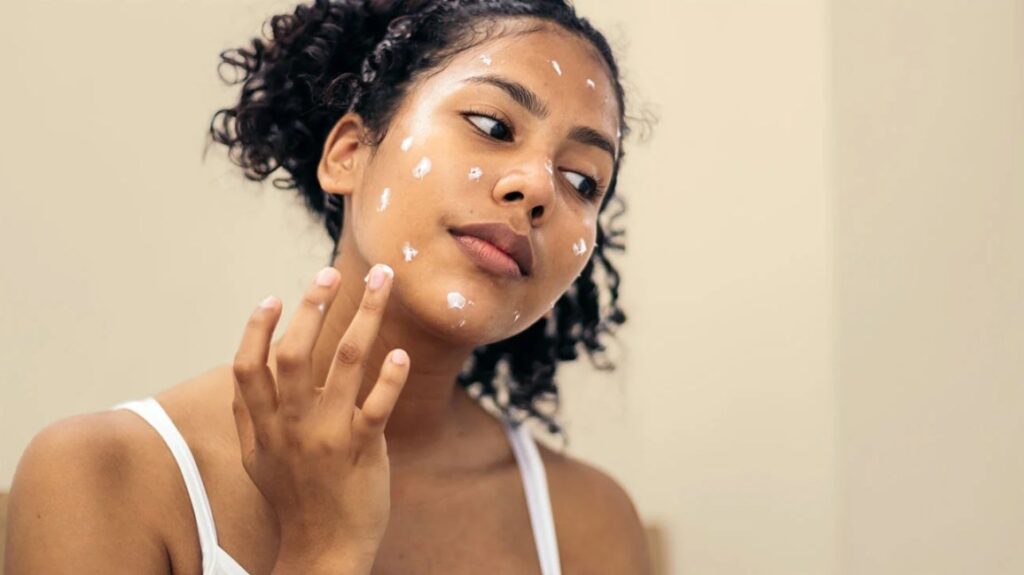
Dealing with Specific Blemishes
Different types of blemishes require specific treatment approaches to effectively address them. Here are some recommendations for targeting common blemishes:
Treating acne spots
Acne spots, including pimples, whiteheads, blackheads, and cysts, can be effectively treated with spot treatments containing ingredients like salicylic acid or benzoyl peroxide. These ingredients help to unclog pores, reduce inflammation, and kill acne-causing bacteria. For severe or persistent acne, it is advisable to seek professional help from a dermatologist, who may prescribe stronger medications or recommend other treatment options.
Addressing dark spots
Dark spots, also known as hyperpigmentation or post-inflammatory hyperpigmentation, can be a result of sun damage, acne, or other skin injuries. Spot treatments containing ingredients like retinol, vitamin C, or niacinamide can help to fade dark spots by promoting cell turnover and reducing melanin production. It is important to protect your skin from the sun by using sunscreen daily, as exposure to UV rays can worsen dark spots.

Reducing redness caused by blemishes
To address redness caused by blemishes, look for spot treatments containing ingredients like green tea extract, chamomile, or aloe vera. These ingredients have anti-inflammatory properties that can help to calm and soothe the skin. It is also important to avoid using harsh or irritating products that can exacerbate redness and inflammation.
Targeting whiteheads and blackheads
Whiteheads and blackheads are often caused by the accumulation of excess oil and dead skin cells in the pores. Spot treatments containing ingredients like salicylic acid, tea tree oil, or sulfur can help to dissolve the debris and unclog the pores, preventing the formation of more whiteheads and blackheads. Regular exfoliation and proper cleansing can also help to prevent their occurrence.
Addressing hormonal blemishes
Hormonal blemishes, such as those occurring during puberty or the menstrual cycle, can be challenging to treat. Alongside spot treatments, maintaining a regular skincare routine and practicing good overall health habits can help to manage hormonal blemishes. It is also crucial to address any underlying hormonal imbalances by consulting with a healthcare professional who may recommend specific treatments or medications.
Preventing Future Blemishes
While spot treatments are effective in targeting existing blemishes, prevention is always better than cure. Incorporating certain practices and adopting a consistent skincare routine can help to minimize the occurrence of future blemishes.
Maintaining a regular skincare routine
Cleanse, exfoliate, tone, and moisturize your skin regularly as part of your skincare routine. Consistency is key, as it helps to keep your skin clean, balanced, and healthy. Choose products that are suitable for your skin type and address your specific concerns.
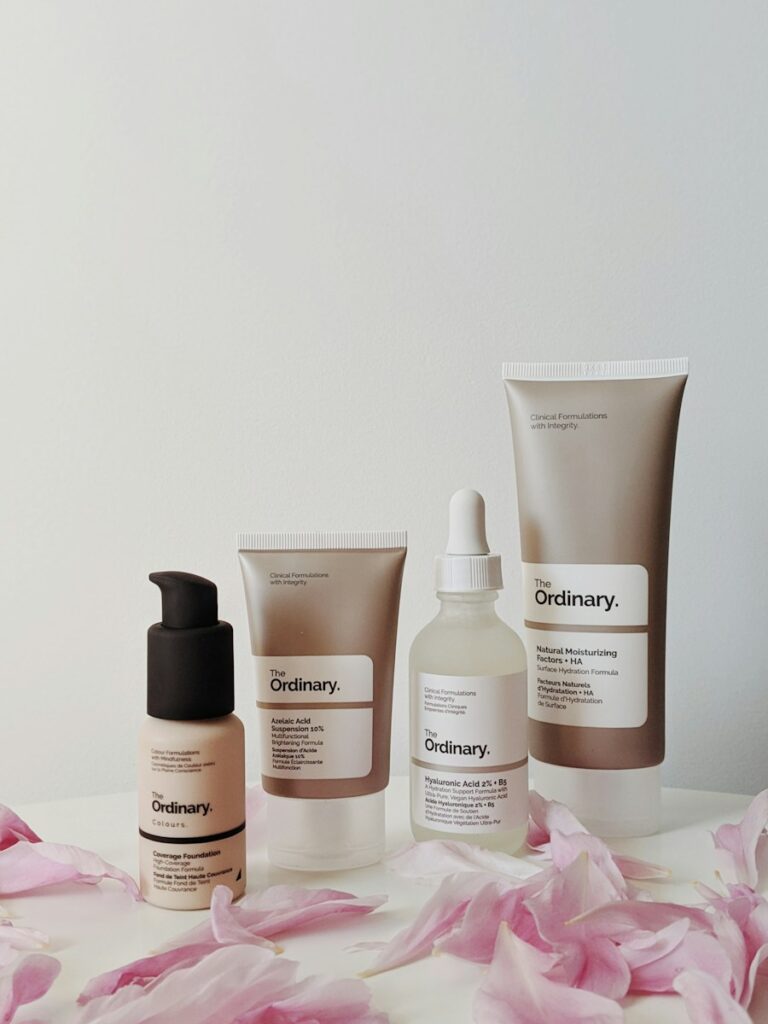
Avoiding trigger factors
Identify and avoid any trigger factors that may worsen or contribute to the development of blemishes. These can include certain foods, stress, hormonal fluctuations, or specific skincare and cosmetic products. Pay attention to how your skin reacts to different factors and make necessary adjustments to minimize their impact.
Keeping your hands off your face
Touching your face frequently can transfer dirt, oil, and bacteria from your hands to your skin, leading to clogged pores and breakouts. Avoid touching your face unnecessarily and ensure that your hands are clean when you need to touch your face, such as when applying skincare products.
Removing makeup before bed
Sleeping with makeup on can clog your pores and lead to the formation of blemishes. Make it a habit to remove your makeup thoroughly before bed using a gentle cleanser or makeup remover. This allows your skin to breathe and regenerate overnight.
Eating a healthy diet
A nutritious diet filled with fruits, vegetables, lean proteins, and whole grains can contribute to healthy skin. Drinking plenty of water also helps to keep your skin hydrated and flush out toxins. Avoiding excessive consumption of sugary or greasy foods may reduce the occurrence of blemishes.

Combining Spot Treatment with Other Treatments
Spot treatment can be complemented by other skincare treatments to enhance its effectiveness and further improve the condition of the skin. Here are some ways you can combine spot treatment with other treatments:
Using spot treatment alongside acne medication
If you are using prescription acne medication, such as topical retinoids or antibiotics, spot treatment can be used in conjunction with these medications to target specific blemishes. It is important to follow the guidance of your dermatologist and ensure that the spot treatment ingredients do not interfere with your acne medication or cause any adverse reactions.
Incorporating spot treatment in a skincare routine
Spot treatment can be incorporated into your regular skincare routine as an additional step. After cleansing, toning, and moisturizing, apply spot treatment to the areas affected by blemishes. This allows the treatment to penetrate and work effectively without interrupting the balance of your skincare routine.
Combining spot treatment with facials or skincare treatments
Professional facials or skincare treatments can be combined with spot treatment to enhance the overall condition of your skin. Treatments like chemical peels, microdermabrasion, or light therapy can help to exfoliate the skin, reduce inflammation, and promote cell turnover, complementing the effects of spot treatment. It is important to consult with your dermatologist or skincare professional to determine the most suitable treatments for your specific concerns.
When to Seek Professional Help
While spot treatments can effectively address many types of blemishes, there are instances where professional help may be necessary. It is important to be aware of when to seek guidance from a dermatologist or healthcare professional.
Persistent or severe blemishes
If your blemishes persist or worsen despite following a consistent skincare routine and using spot treatments, it may be time to seek professional help. A dermatologist can assess your skin condition, determine the underlying causes of your blemishes, and recommend stronger medications or alternative treatments that are not available over-the-counter.
Allergic reactions to spot treatment
If you experience any allergic reactions or adverse effects from spot treatments, such as intense redness, swelling, itching, or burning, discontinue use immediately and consult a healthcare professional. They can evaluate the extent of the reaction and provide appropriate advice or treatment.
Spreading infection or worsening condition
If your blemishes begin to spread to other areas of your face or body or if they worsen significantly, it is important to seek professional help. This may indicate a more serious underlying condition that requires medical intervention.
In conclusion, understanding blemishes, choosing the right spot treatment, preparing your skin properly, and following correct application techniques are essential in effectively targeting and treating blemishes. Different types of spot treatments are available, ranging from over-the-counter products to prescription medications and natural remedies. By combining spot treatment with proper skincare habits, managing specific types of blemishes, and preventing future breakouts, individuals can achieve clearer, healthier-looking skin. If blemishes persist or worsen, seeking the guidance of a dermatologist or healthcare professional is recommended to address the underlying causes and explore further treatment options.


